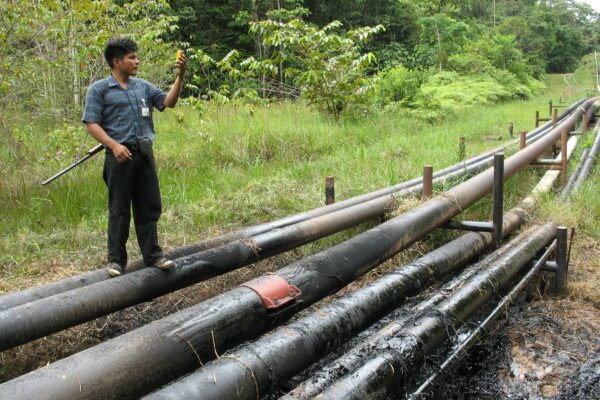Washington – U.S. support for a liquefied natural gas project piggybacking on Peru’s leak-prone Camisea pipeline will hinge on tougher environmental, social and revenue safeguards, a U.S. Treasury official said on Wednesday.
“We are of the view Camisea has not been a success. It could have been better designed,” Treasury Assistant Secretary Clay Lowery told the Senate foreign relations committee.
The committee hearing was held to probe where multilaterals like the Inter-American Development Bank and the World Bank went wrong in funding Camisea and the Chad-Cameroon pipeline in Africa.
Camisea had five pipeline breaches in the Amazon jungle between December 2004 and March 2006. A U.S. environmental consultant told the IADB in February the pipeline was likely to leak at six points because of rusty, badly welded pipes.
The United States, which voted against the IADB’s decision to fund $135 million of the $1.7 billion gas and liquids pipeline out of the southeastern Peruvian Amazon, wants assurances the IADB won’t repeat its original Camisea errors.
“The IADB’s role is to catalyze, not fill gaps in financing,” Lowery said.
“Because they came in late in the game they were not involved in the environmental and social safeguards,” he added. “As to how the United States will vote, or look at Camisea 2, we haven’t decided yet.”
Camisea has arguably turned into the biggest headache for IADB President Luis Alberto Moreno, barely a year into the job. On top of being an important source of natural gas for Peru, it is seen as a key source by its South American neighbors.
Late last month Lima approved plans by a multinational energy consortium to invest $720 million to develop the gas reserve for export to Mexico and possibly the United States and Chile.
The consortium – made up of U.S.-based Hunt Oil, Korea’s SK Corp. <003600.KS>, Argentina’s Pluspetrol, Spain’s Repsol-YP
U.S. backing for that financing will depend on what the IADB has learned from its mistakes in the first investment.
“The IADB does have fairly significant resources in terms of environmental and compliance issues. Where they probably made mistakes on Camisea 1 was underestimating how much it would take to make the project work,” Lowery said.
Moreno halted an IADB process to approve a further $400 million for Camisea in April until further environmental and social impact studies were done on the existing pipeline.
Lowery said multilaterals should add independent oversight bodies like one used to track revenues from the Chad-Cameroon pipeline to ensure the cash is used for health and education.
But non-governmental organizations told the Senate hearing that overseers in countries like Chad can only do so much.
“The main problem with this is it can issue its report and then can do nothing because there’s no independent functioning judiciary,” said Korinna Horta, an economist with the Environmental Defense Fund.
Another presenter said he agreed with Lowery’s idea that environmental conditions be confirmed before funds are paid.
“What we see is once the lending is approved the World Bank’s leverage evaporates,” said Manisha Bapna, executive director of the Bank Information Center.













